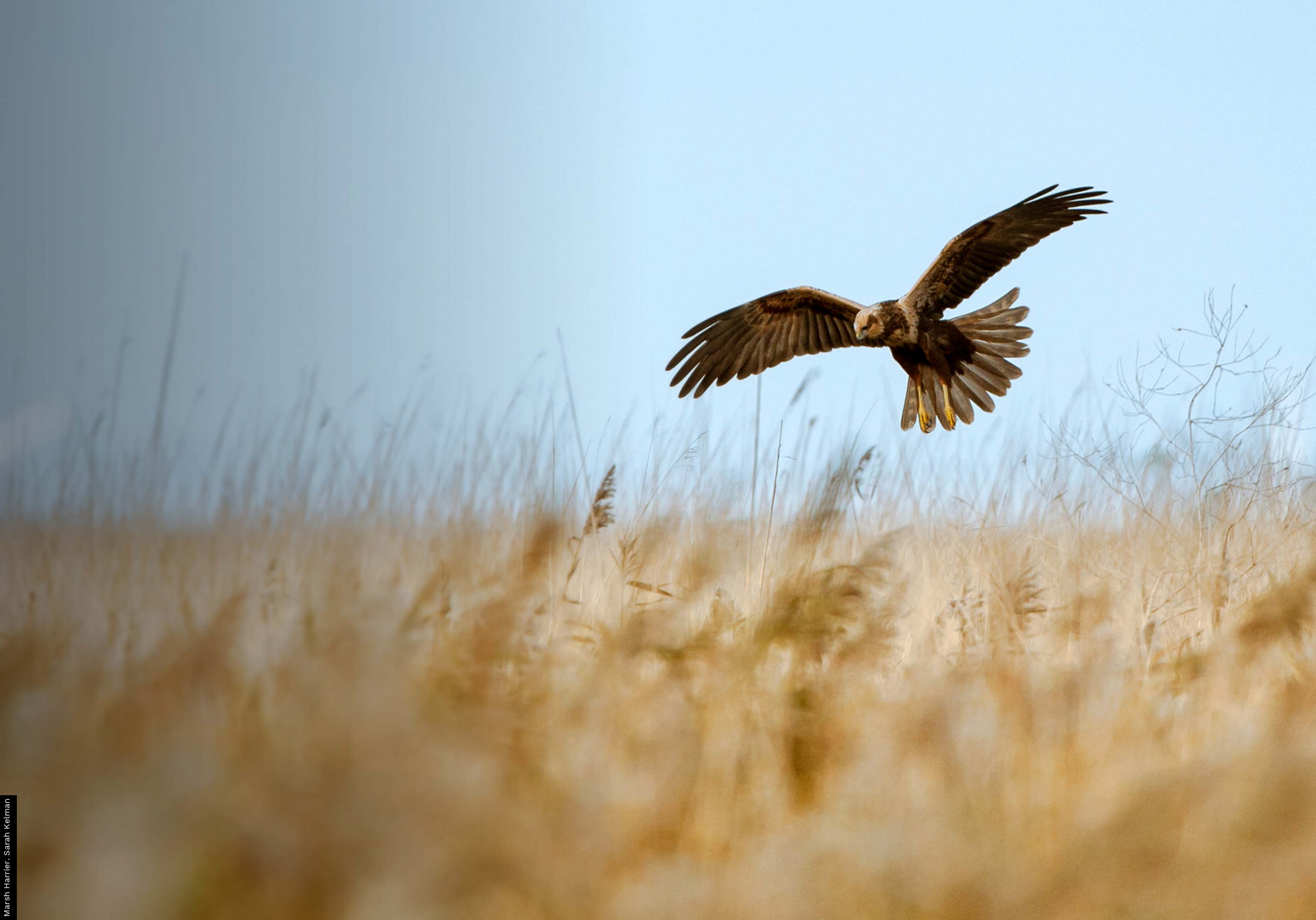Recording breeding evidence
Recording breeding evidence is optional in BirdTrack, but adding suitable evidence adds significant value to your sightings. Breeding evidence should only be logged in spring summer, with the exception for early breeders such as Raven and Crossbill, and out-of-season breeders. Note that all codes used should relate to records of birds in potentially suitable nesting habitat.
The list below gives the letter code, the numerical code for use in the upload tool and an explanation of the code.
Non-breeding codes
- X (00) - This code should be used for records of species Flying over, Summering or likely to be still on migration. Waders such as Turnstone and Knot encountered at coastal wetlands in late spring are best logged in this category for example.
Possible breeding codes
- H (01) - This code should be used for species encountered in suitable nesting habitat.
- S (02) - This code should be used when encountering a singing male in suitable breeding habitat during the breeding season. This can include other types of breeding calls, for example 'roding' Woodcock.
Probable breeding codes
- P (03) - This code should be used when encountering a pair (male and female) in suitable breeding habitat.
- T (04) - This code should be used when it seems likely that the species has established a permanent territory. The latter can be inferred if recording territorial behaviour on at least two days within a week.
- D (05) - This code should be used for species noted displaying or performing courtship in or near likely breeding habitat. Note that waterfowl may perform courtship away from breeding areas, so caution is needed.
- N (06) - This code should be used when noting that a species is visiting a probable nest site.
- A (07) - This code should be used if encountering adult birds giving anxiety calls or other agitated behaviour likely to indicate a nest or chicks nearby.
- I (08) - This code should be used if a brood patch is noted on a bird examined in the hand, suggesting incubation.
- B (09) - This code should be used for birds seen nest building, for example carrying sticks or excavating a burrow.
Confirmed breeding codes
- DD (10) - This code should be used for birds performing distraction display or feigning injury. A good example is Ringed Plover using the 'broken wing' display.
- UN (11) - This could should be used when encountering a used nest or egg shells from the current breeding season.
- FL (12) - This code should be used when noting recently fledged chicks or downy young. Note that even recently fledged juveniles can move significant distances from breeding areas, and care should be taken when using this category. Dependency on adults for food can be helpful, though some species (for example terns) may continue feeding young for some time after fledging and well away from breeding sites.
- ON (13) - This code should be used when seeing adults entering or leaving nests indicating that the nest is occupied, or if adults are seen incubating.
- FF (14) - This code should be used if an adult bird is seen carrying food or a faecal sac. Care should be taken with terns as these may carry fish as a display item well away from likely breeding areas.
- NE (15) - This code should be used if a nest containing eggs is seen.
- NY (16) - This code should be used when a nest containing young is seen.






Share this page